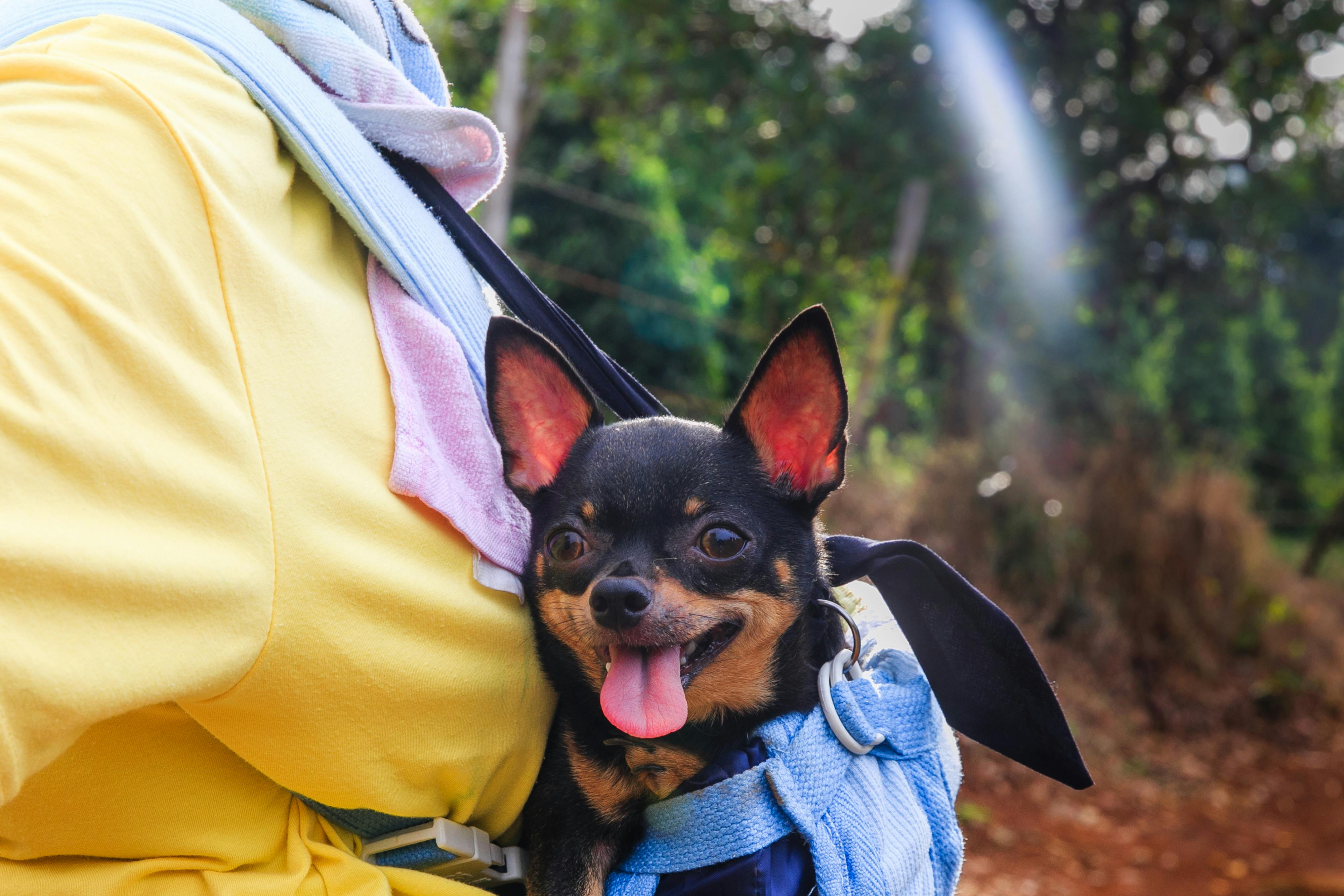When I watch our dog, Eby, sniff around the garden around my house, I sometimes try to imagine what he’s smelling. He is like a shopaholic at a rummage sale, he smells anything and everything that comes his way. And just about every dog I’ve ever met knows that the best way to find out and get their favorite thing out is through their nose.
From the moment they are born, dogs have a wonderful sense of smell. Even though newborn pups can’t see, they can still detect the scent and warmth of her mother and locate her easily! His sense of smell improves as he grows and develops to the point that some say it is up to a million times better than that of humans.
A dog’s sense of smell is so acute because dogs have at least 25 times more olfactory receptors than humans. Your nose can even distinguish between cheese, meat, and ketchup on a cheeseburger. That is why they are considered man’s best friend, some of them are trained, working side by side with humans to recover survivors under rubble, track drugs and even work on detecting landmines. There are plenty of sniffer dogs that dedicate their lives to serious work, like tracking down escaped criminals or missing (or drowned) people for the police. Dogs can effectively identify bombs, firearms, and drugs by sniffing for small scent trails at international borders and in airports. They’re loyal crime-fighting partners, pulling off tough tasks like only our best friends can!
Dogs can detect and distinguish scent in 2 ways, by a scent in the air left by something that just passed by or by a scent on the ground. Puppies and adult dogs use their sense of smell to communicate with each other. With their nose, they can read the messages that other dogs have left. His way of shaking hands or introducing himself is by sniffing.
The length of a dog’s snout can affect its ability to smell. Dogs with longer noses have more scent receptor cells. Even short-nosed dogs can smell hundreds of times better than a human.
Nasal nutrition for your dog
Remember that as a dog ages, he loses some or all of his ability to smell. It can also be a sign of immune problems if a dog’s nose is normally black, but begins to lose pigment; take him to the vet.
Make sure your dog continues to eat and drink when he has any type of nasal problem; Remember that most of a dog’s ability to “taste” food resides in his nose, and if he can’t smell the food, he may not want to eat it. Also, even a slight fever will quickly dehydrate a sick animal, and if you can’t get him to drink at home, consider a trip to the vet for fluids. Older animals may need to be tempted to eat, and some seem to find spicy foods more palatable. A healthy diet is recommended to improve the general sense of the nose and overall health. The best “nutrition” we can give a dog’s nose is a daily dose of natural odorants, generated from nature, the perfect way to build up the reserve of sensory cells and brain connections related to smell.
Your dog’s sense of smell is a powerful and useful tool for the animal. Basically, his sniffing and sniffing ways are simply a part of his nature.
